Tomato Dahl with Gluten-Free Naan
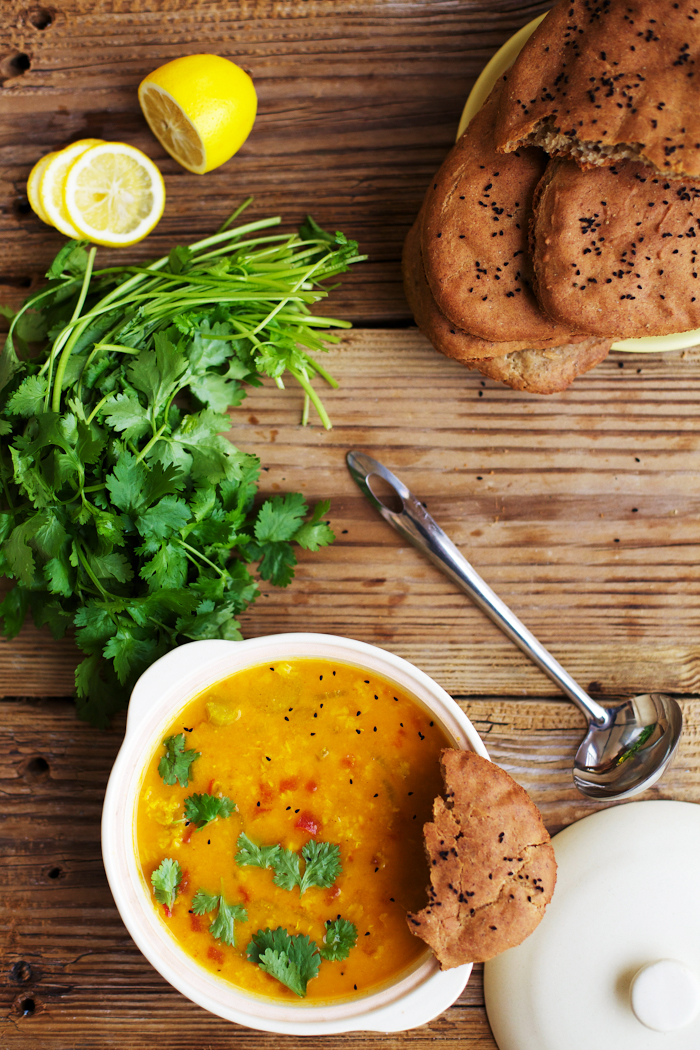
It’s cold season and everyone in the family has taken their turns being sick. First it was Paloma, picked up from someone in school, then her papa, then me. Soup has always been my answer to a cold, I crave nothing more when under the weather.
It’s cold season and everyone in the family has taken their turns being sick. First it was Paloma, picked up from someone in school, then her papa, then me. Soup has always been my answer to a cold, I crave nothing more when under the weather.
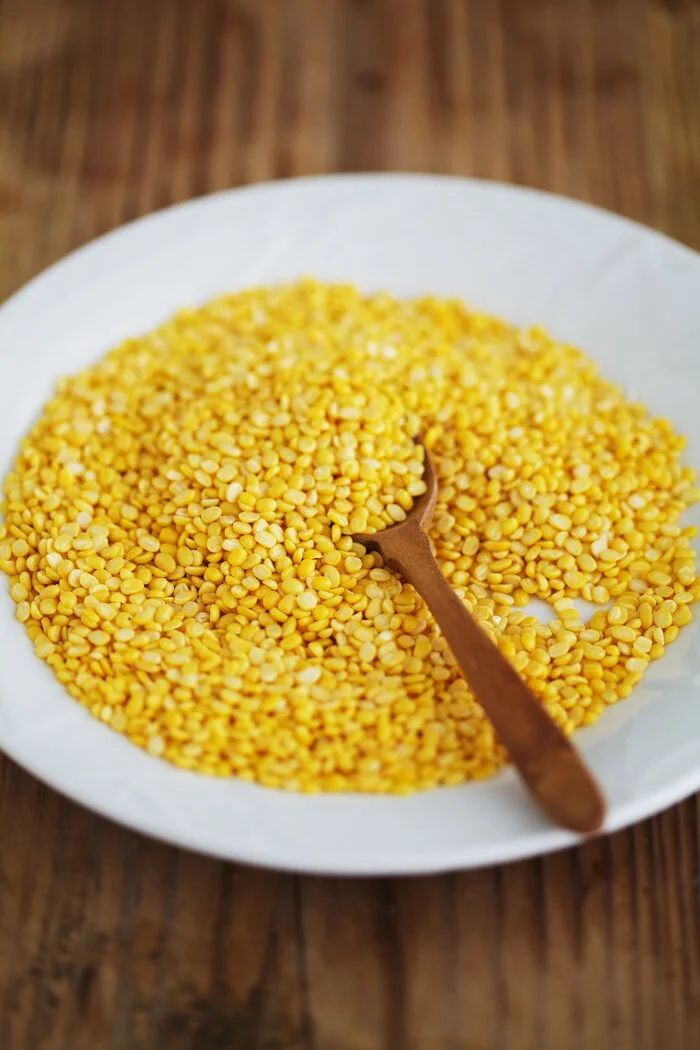
I’ve recently become intrigued with Dahl, a spicy and warming Indian lentil or bean stew, and have been dreaming about making it according to all the rules. My good friend Irina, whom I can’t seem to stop talking about on this blog, is an expert on Ayurveda and Ayurvedic cooking, and helped me track down all the proper ingredients for the soup. It turned out to be quite easy, as any Indian market will have hing, kala namak, nigella seeds, curry leaves, moong dal and a kaleidoscope of spices, all for a very low price.
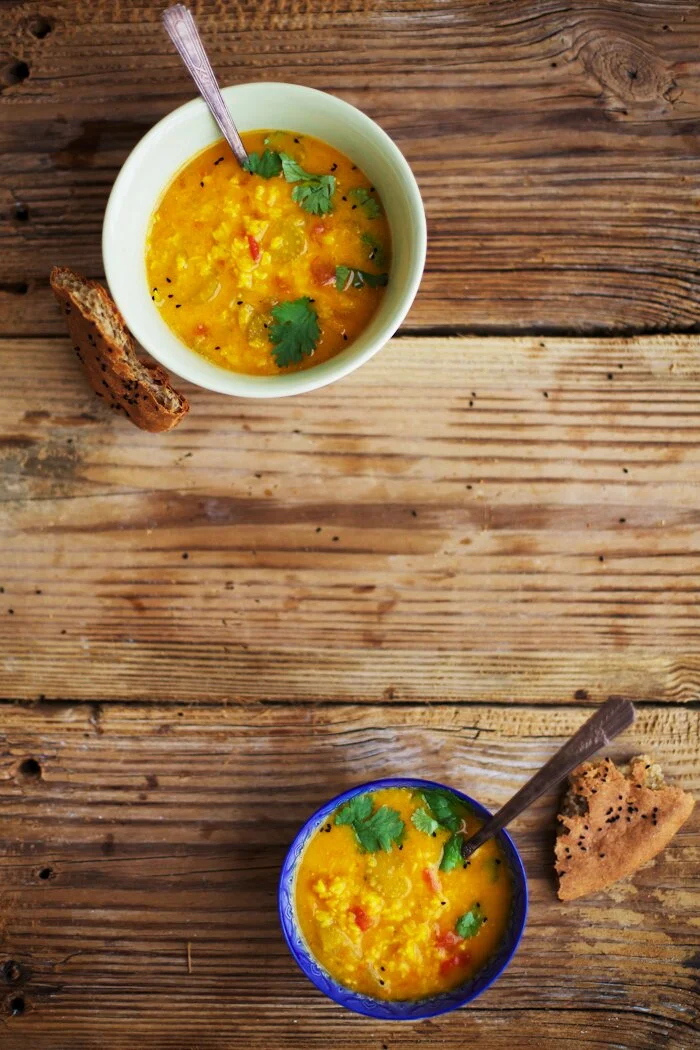
Onions and garlic are never used in Ayurvedic cuisine, as they are believed to disturb peacefulness of the mind. I was curious to know what is used in their place, as they possess such amazing flavor and are essential to so many dishes around the world. Turns out, the magical ingredient is Hing (also known as Asafoetida), a spice derived from a species of giant fennel, which is known for its balancing properties and ability to aid digestion. When uncooked, hing is quite stinky, smelling something like garlic and resin combined, but it is an addictive kind of stink, like a nicely aged cheese. When cooked, any smelliness goes away leaving behind a beautiful, complex flavour somewhat similar to both onions and garlic.

I also made gluten-free Naan bread to go with the Dahl. Naan is one of my great loves and I’ve been wanting to experiment with a gluten-free version, having made the traditional kind at home several times. Mixing buckwheat, millet and tapioca flours produced a tasty bread, not too close in flavour to the original but satisfying in its own way. Eaten together with the Dahl and sprinkled with Nigella Seeds (another amazing Indian market discovery, they taste like toasted onions!), it made for a perfect cold-fighting meal.
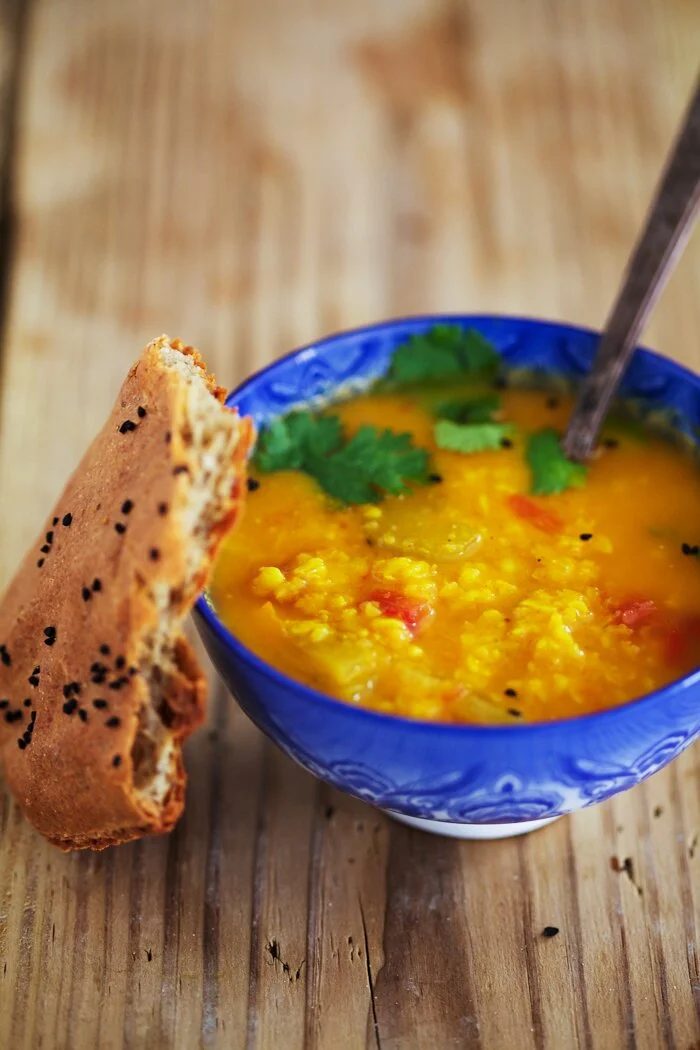
Tomato Dahl
Note: Many Dahl recipes call for cinnamon and cloves, but I left them out as a personal taste preference. If you cannot get your hands on the special Indian ingredients, you can substitute lentils for moong dal and garlic and onions for hing.
2 teaspoons coriander seeds
1 teaspoon cumin seeds
1/2 teaspoon fennel seeds
1/4 teaspoon black mustard seed
seeds of 2-4 cardamom pods
1/4 teaspoon black peppercorns
1 tablespoon ghee or vegetable oil
2-inch piece ginger – peeled and minced
1/2 teaspoon hing (I suggest Vandevi brand) – or more to taste
3 celery stalks – thinly diced
1/8 teaspoon red pepper flakes
1 teaspoon turmeric
1 teaspoon kala namak (black salt) or other salt
1 1/4 cups yellow moong dal or lentils
2-3 medium sized tomatoes – cubed
8 cups purified water
1. Grind coriander, cumin, fennel, mustard seeds, cardamom seeds and peppercorns in a coffee grinder or a mortar with pestle and set aside.
2. Warm up the ghee in a large pot over low medium heat. Add ginger and hing and saute for 1 minute. Add celery and cook for another 4 minutes, stirring often.
3. Add in the ground spices, pepper flakes, turmeric and salt, stirring for another minute. Add in the moong dal/lentils, tomatoes and water. Bring to a boil, lower the heat and simmer for 20 minutes until dal is completely cooked and vegetables are soft.
4. Puree 1/2 of the soup in a blender and return it to the pot. Alternatively, puree the whole amount or leave everything chunky (I like to combine both textures). Adjust salt.
5. Squeeze a fresh lemon over the dahl and serve with fresh cilantro leaves and toasted nigella seeds.
Gluten-Free Naan
3/4 cup almond milk
1 teaspoon coconut sugar
1 tablespoon active dry yeast
3 tablespoons ground chia seeds
6 tablespoons almond milk
1 cup ( 140 g) buckwheat flour
1 cup (120 g) tapioca flour
1/2 cup (70 g) millet flour
1 1/2 teaspoon salt
1/4 cup olive oil
1 tablespoon nigella seeds
1. Warm 3/4 cup of almond milk to 110 F. Add in sugar and yeast, whisk together and leave for 10 minutes. The mixture should be very foamy.
2. Bring 6 tablespoons of almond milk to a boil and pour it over the ground chia seeds. Let sit for 10 minutes.
3. In a stand mixer with a paddle attachment or a food processor, combine the yeasty mixture, chia gel and the rest or ingredients, with exception of nigella seeds. Mix until well combined into a runny dough.
4. Cover a baking sheet with parchment paper and oil lightly. With a wet spoon, shape your breads into traditional tear-drop shaped thin breads (or any other way you fancy). Sprinkle with nigella seeds and let rise for 30 minutes. Preheat oven to 375 F.
5. Bake for 30-35 minutes until golden. Keep tightly covered to prevent the bread from drying.
Recipe Gallery
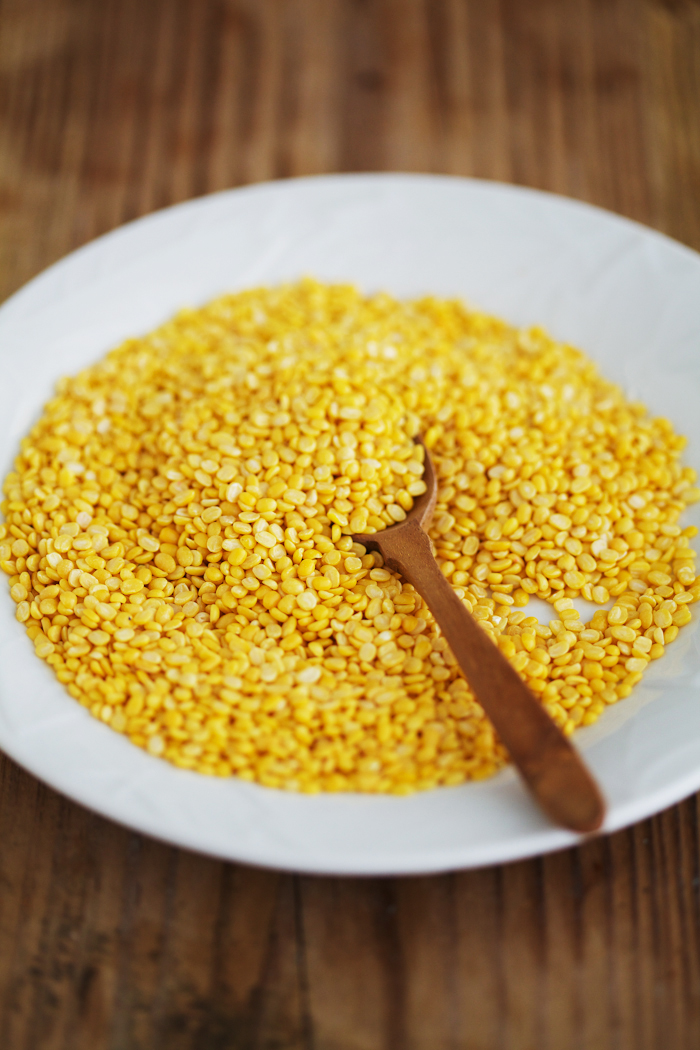
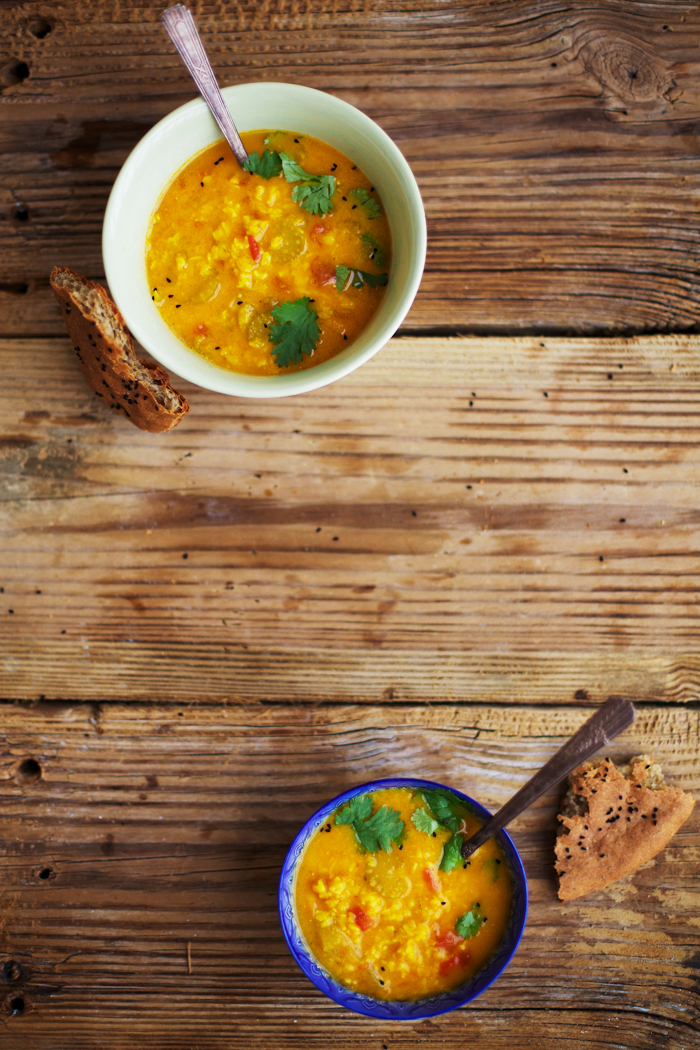
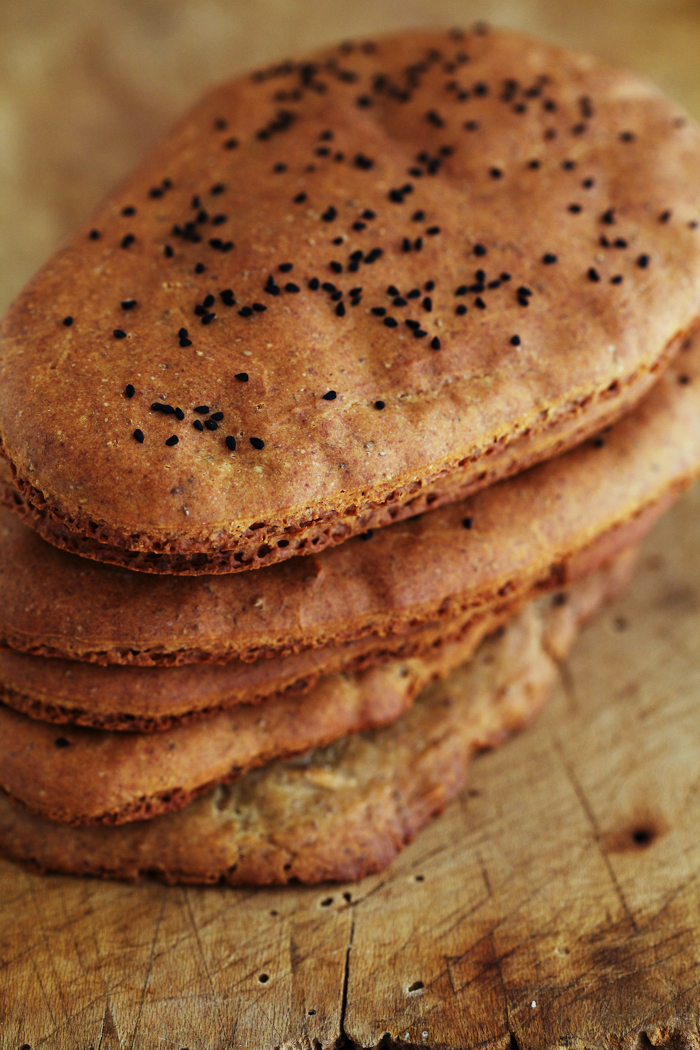
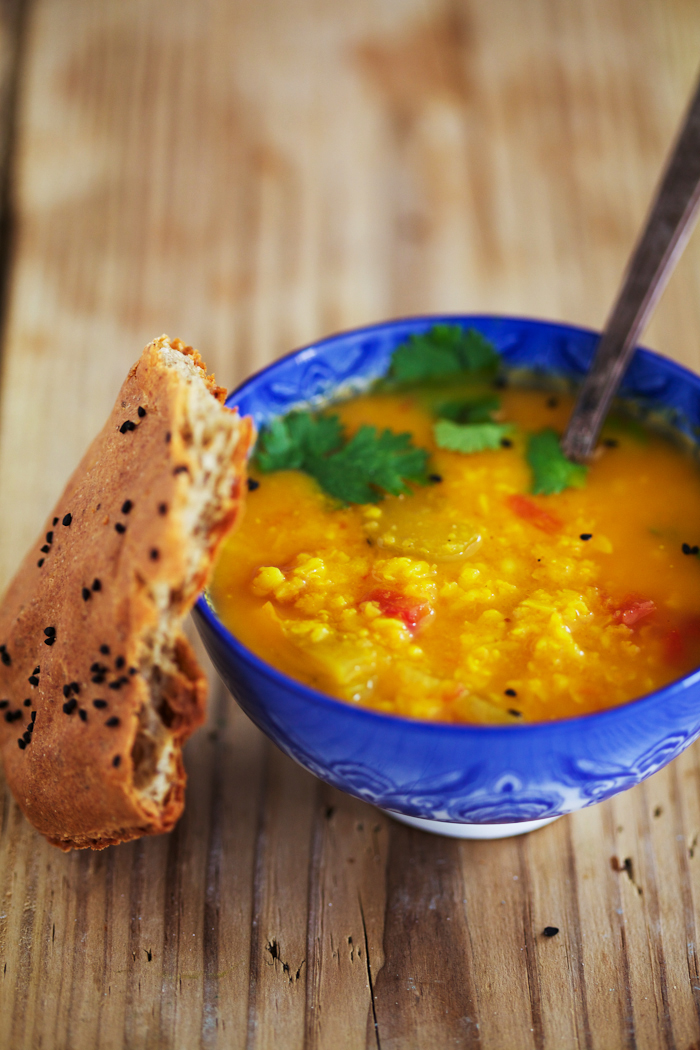
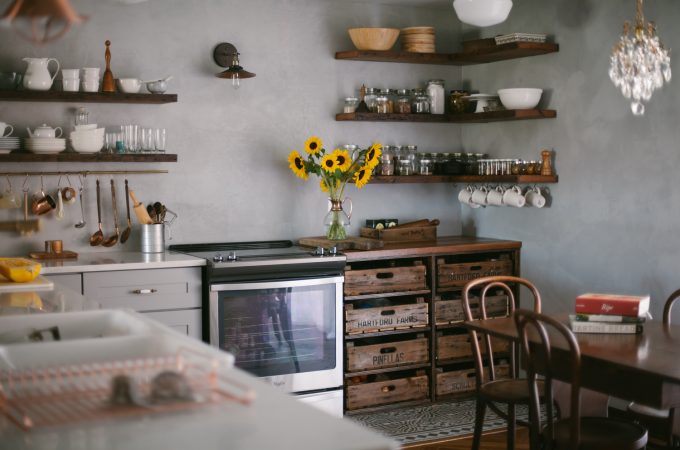
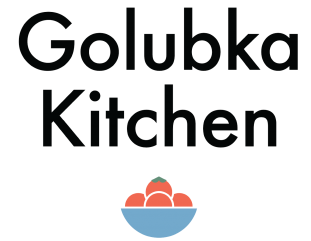
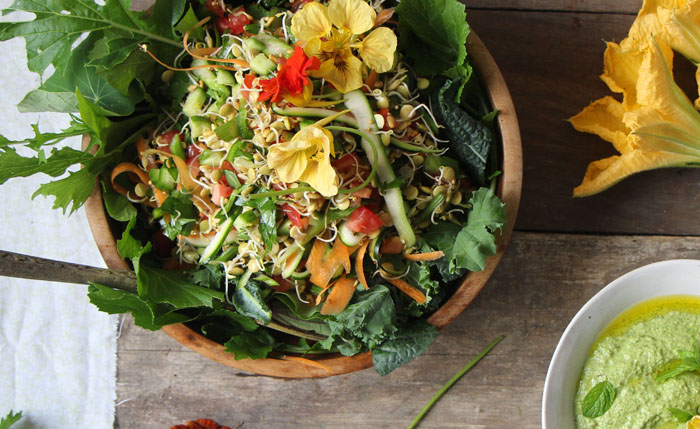
Reader Comments (14)
See what other home cooks are saying about this recipe